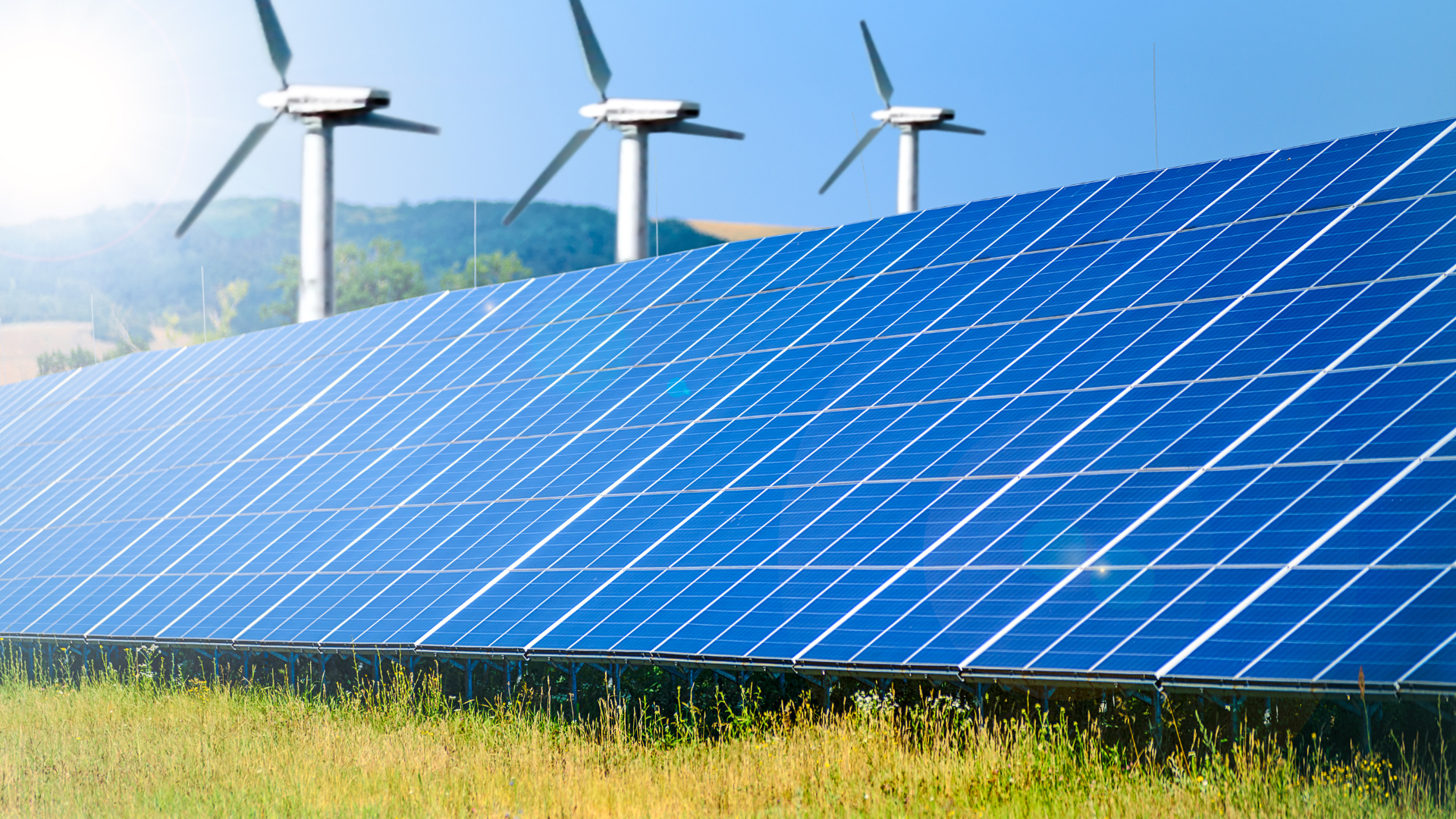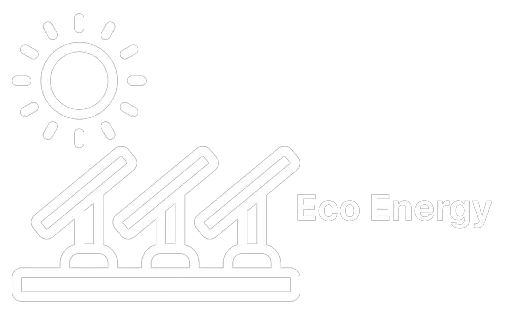Understanding Demand Response Programs in Minnesota: A Guide for Business Owners

Minnesota businesses face rising utility costs and increasing pressure to improve energy efficiency. One of the most effective strategies for managing costs and supporting the power grid is participation in a demand response program.
Demand response (DR) allows businesses to adjust or reduce energy use during times of peak demand, helping utilities stabilize the grid while providing financial incentives to participants. For business owners in Minnesota, demand response offers a unique opportunity to lower costs, support sustainability, and improve operational efficiency.
At Eco Energy Solutions MN LLC, we explain how demand response works, why it’s especially valuable in Minnesota, and how businesses can participate.
What Is Demand Response?
Demand response is a utility program that encourages customers—particularly commercial and industrial facilities—to temporarily reduce or shift electricity usage during times of high demand.
Instead of relying solely on power plants to increase supply, demand response manages energy at the consumption side of the grid. Businesses that participate typically receive:
- Incentives or bill credits for reducing load on request.
- Lower peak demand charges when cutting back during critical times.
- Improved grid reliability and reduced risk of blackouts.
Common demand response actions include:
- Adjusting HVAC settings temporarily
- Dimming or cycling non-essential lighting
- Shifting equipment or production schedules
- Leveraging on-site backup generation or battery storage
Why Demand Response Matters in Minnesota
Minnesota’s energy market faces unique challenges that make DR especially important:
- Extreme Weather Conditions – Harsh winters and hot summers create seasonal spikes in heating and cooling demand. DR helps balance the grid during these peaks.
- Renewable Energy Integration – Minnesota has made significant investments in wind and solar energy. DR provides flexibility to manage fluctuations in renewable supply.
- Avoiding Infrastructure Costs – By reducing peak demand, utilities avoid the need for costly new power plants and transmission upgrades.
- Financial Benefits for Businesses – DR participants receive incentives while also reducing exposure to high peak demand charges.
For example, during a hot July afternoon in Minneapolis, demand response might involve businesses lowering air conditioning output slightly for a few hours. The impact on comfort is minimal, but the financial and grid stability benefits are significant.
How Do Demand Response Programs Work?
While the details vary by utility, most demand response programs follow a similar structure:
- Enrollment – Businesses sign up through their utility or a third-party aggregator.
- Notification – During peak demand events, participants are notified (usually hours in advance).
- Response – The business reduces energy use based on a pre-determined plan.
- Verification – Utility meters or sub-meters confirm the reduction.
- Compensation – Participants receive bill credits, rebates, or performance payments.
Demand Response Program Options in Minnesota
Minnesota businesses have access to several DR programs through major utilities and regional organizations:
1. Xcel Energy Demand Response
Xcel Energy offers multiple programs designed for commercial and industrial customers, including:
- Interruptible Service Programs – Large customers agree to reduce load when notified, in exchange for lower rates.
- Peak Demand Pricing – Pricing structures that reward shifting usage away from peak hours.
- Demand Management Rebates – Incentives for installing automated load controls.
2. CenterPoint Energy Programs
CenterPoint provides programs for natural gas efficiency and demand-side management, focusing on peak heating demand reduction in winter.
3. Minnesota Municipal Utilities Association (MMUA)
Some municipal and cooperative utilities in Minnesota offer demand response incentives for both large and small commercial customers.
4. Midcontinent Independent System Operator (MISO)
As Minnesota is part of the MISO regional grid, businesses may also access regional DR opportunities through aggregators.
Benefits of Demand Response for Businesses
1. Cost Savings
By reducing energy use during peak hours, businesses can lower both demand charges and total energy costs.
2. Incentive Payments
Utilities compensate businesses for participating, providing a new revenue stream.
3. Operational Flexibility
Demand response encourages better scheduling and more efficient operations.
4. Sustainability Leadership
Participating in DR supports Minnesota’s renewable energy goals and reduces the need for fossil fuel generation.
5. Resilience and Reliability
Businesses that use backup generation or battery storage as part of DR can also improve their resilience against power outages.
Best Practices for Minnesota Businesses Considering DR
- Conduct an Energy Audit First – Identify which loads can be reduced or shifted without disrupting operations.
- Automate Where Possible – Building automation systems (BAS) make demand response much easier by automatically adjusting HVAC, lighting, or equipment.
- Train Staff – Ensure employees understand demand response procedures to avoid confusion during events.
- Start Small – Test DR with non-critical loads before scaling to larger energy uses.
- Work With Experts – Partner with consultants like Eco Energy Solutions MN LLC to design a strategy that maximizes both savings and incentives.
FAQs About Demand Response Programs in Minnesota
Q1: Do I need special equipment to participate?
Not always. Some utilities require load control devices or BAS integration, while others allow manual adjustments.
Q2: Will demand response affect comfort or productivity?
When properly managed, DR has minimal impact. For example, raising the thermostat by 2 degrees for a few hours may go unnoticed by occupants.
Q3: How often do demand response events occur in Minnesota?
Typically only a handful of times per year, usually during extreme weather events or high system demand days.
Q4: What size businesses can participate?
Large industrial and commercial facilities see the biggest rewards, but smaller businesses can also benefit through aggregators or utility programs.
Q5: Are DR programs mandatory?
No. Participation is voluntary, and businesses retain the ability to opt out of specific events if necessary.
Why Work With Eco Energy Solutions MN LLC
At Eco Energy Solutions MN LLC, we help Minnesota businesses navigate the complexities of demand response programs. Our team provides:
- Energy audits to identify shiftable loads
- BAS integration for automated demand response
- Enrollment support for Xcel Energy and other utility programs
- Performance tracking to ensure maximum incentives
We specialize in creating custom strategies that align with your operational needs while delivering measurable savings.
Take the Next Step
If you’re ready to lower energy costs, improve efficiency, and support Minnesota’s renewable future, consider joining a demand response program.
Call Eco Energy Solutions MN LLC today to schedule a consultation or request a quote online.
We proudly serve businesses in Minneapolis, St. Paul, New Hope, and surrounding Minnesota communities.



